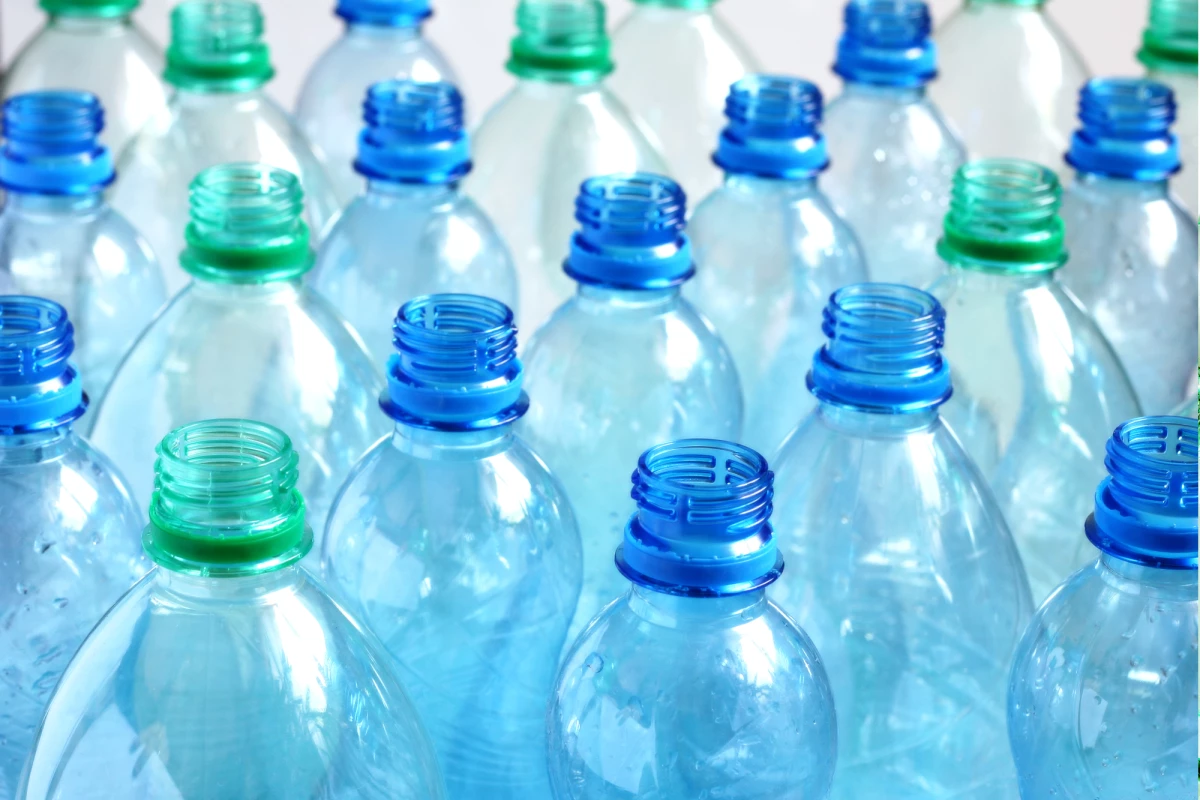Often made from plants, recycled material and various forms of organic matter, bioplastics promise a number of advantages over conventional plastics produced through fossil fuels. These include less energy-intensive production, faster biodegradation in the environment and even greater resistance to heat, but a new study suggests that safety may not be one of these benefits, revealing that bioplastics carry just as much toxic content as regular plastic.
The research was led by scientists at Germany’s Goethe University and is described as the largest survey to date of the chemical content of bioplastics. The work focused on 43 different types of bioplastic products such as drink bottles, wine corks and disposable cutlery, with the team finding that the vast majority of these items contained thousands of different chemicals.
“Eighty per cent of the products contained more than 1,000 different chemicals,” says Martin Wagner from the Norwegian University of Science and Technology and co-author of the study. “Some of them as many as 20,000 chemicals.”
Bioplastics made from cellulose and starch were found to contain the most chemicals, and also triggered the strongest toxic reactions in in vitro laboratory tests as confirmed through bioassays and mass spectrometry. Overall, the researchers found the characteristics of these bioplastics to be on par with regular plastics, so far as toxicity is concerned.
“Three out of four of these plastic products contain substances that we know are dangerous under laboratory conditions, the same as for conventional plastic,” says Wagner.
Establishing that bioplastics are just as toxic as regular plastics is one thing, but determining what that means for the health of humans and the environment is very much another.
Little is known about how plastic particles impact living organisms, though we are seeing research start to uncover some of the detrimental effects, such as inducing aneurysms in fish or impairing decision-making in hermit crabs. The World Health Organization also launched a review in 2018 after a study found plastic particles in 93 percent of bottled water, so the wheels are beginning to turn on efforts to fill this gap in our knowledge.
The research was published in the journal Environmental International.




